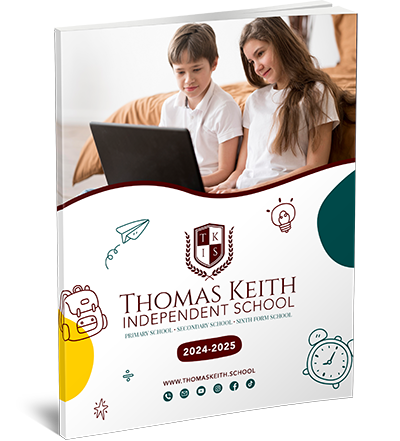Summarising Activities In KS2: A Comprehensive Guide
Summarising activities in KS2 (Key Stage 2) helps students build essential reading comprehension skills. These activities encourage children to extract main ideas, identify key details, and condense information clearly and concisely. Effective summarising skills are crucial for academic success, as they support better understanding and recall of texts.
What Are Summarising Activities in KS2?
Summarising activities involve tasks that guide students to focus on the most important points in a text or story. These activities often include reading, note-taking, and organising information into shorter, meaningful formats. Common tasks include:
- Story Mapping:
Students create diagrams or charts to outline the main events, characters, and settings. - Key Sentence Identification:
Pupils highlight or write down sentences that summarise paragraphs or sections of a text. - Bullet Point Summaries:
Students list the key ideas or facts from a passage in a bulleted format. - One-Sentence Summaries:
Children are encouraged to condense the main idea of a story or chapter into one sentence. - Group Discussions and Presentations:
Students work in groups to summarise a text and share their findings with the class.
Benefits of Summarising Activities for KS2 Students
- Improves Comprehension: Encourages deeper understanding of reading material.
- Builds Confidence: Helps children feel more prepared to discuss and write about texts.
- Enhances Writing Skills: Encourages clear and concise expression of ideas.
- Prepares for Future Learning: Lays a strong foundation for secondary education.
Examples of Summarising Activities
Example 1: Summarising a Fictional Story
- Task: Students read a short story and complete a “Somebody-Wanted-But-So-Then” chart to summarise the plot.
- Somebody: Who is the main character?
- Wanted: What did the character want?
- But: What was the problem?
- So, what was the solution?
- Then: How did the story end?
Example 2: Non-Fiction Summarising
- Task: After reading an article on climate change, students write three key points explaining the causes, effects, and possible solutions in their own words.
Online Learning and Summarising Activities
Thomas Keith Online Independent School offers KS2 students access to summarising activities through its interactive curriculum. These activities include live lessons, guided reading sessions, and downloadable resources. The school’s focus on personalised education allows each child to practise summarising at their own pace, ensuring they grasp the core concepts effectively.
Conclusion
Summarising activities at KS2 helps students develop critical thinking and comprehension skills. Whether through story mapping or group discussions, these activities prepare pupils for more advanced studies. Schools like Thomas Keith Online Independent School provide excellent opportunities for students to practise these skills in an engaging and structured environment.




